In which country is fish farming growing fast?
Struggling to pinpoint aquaculture's hotspots? Overwhelmed by global data? Discover the surprising leaders in fish farming's rapid expansion and what drives their success.
Several Asian countries, notably China, Vietnam, and India, are experiencing the fastest growth in fish farming. This boom is driven by supportive policies, favorable climates, and increasing global demand for seafood.
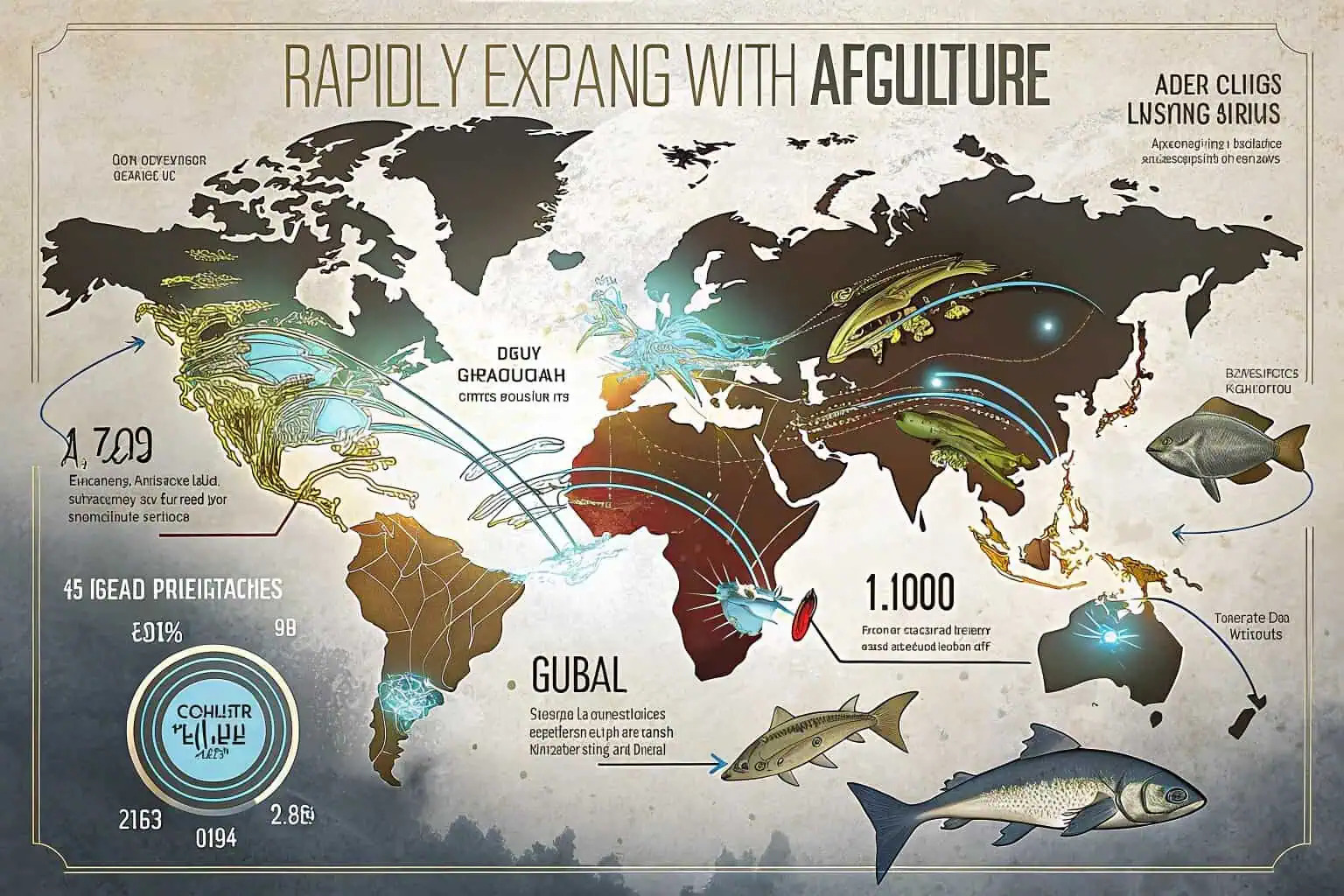
The world's appetite for fish is growing, and so is the aquaculture industry. As someone deeply involved in this sector through my work at Bancy Solutions, I've witnessed this evolution firsthand. But where exactly is this growth most explosive, and what can we learn from these leading nations? The answers are crucial for anyone interested in global food security and sustainable protein sources. Let's explore further.
Which country is best for fish farming?
Wondering where to invest in aquaculture? Confused by varying success stories? Uncover the key factors that make a country ideal for thriving fish farming operations.
The "best" country for fish farming depends on specific goals. However, nations with strong government support, access to technology, suitable water resources, and established markets, like Norway or Chile, often excel.
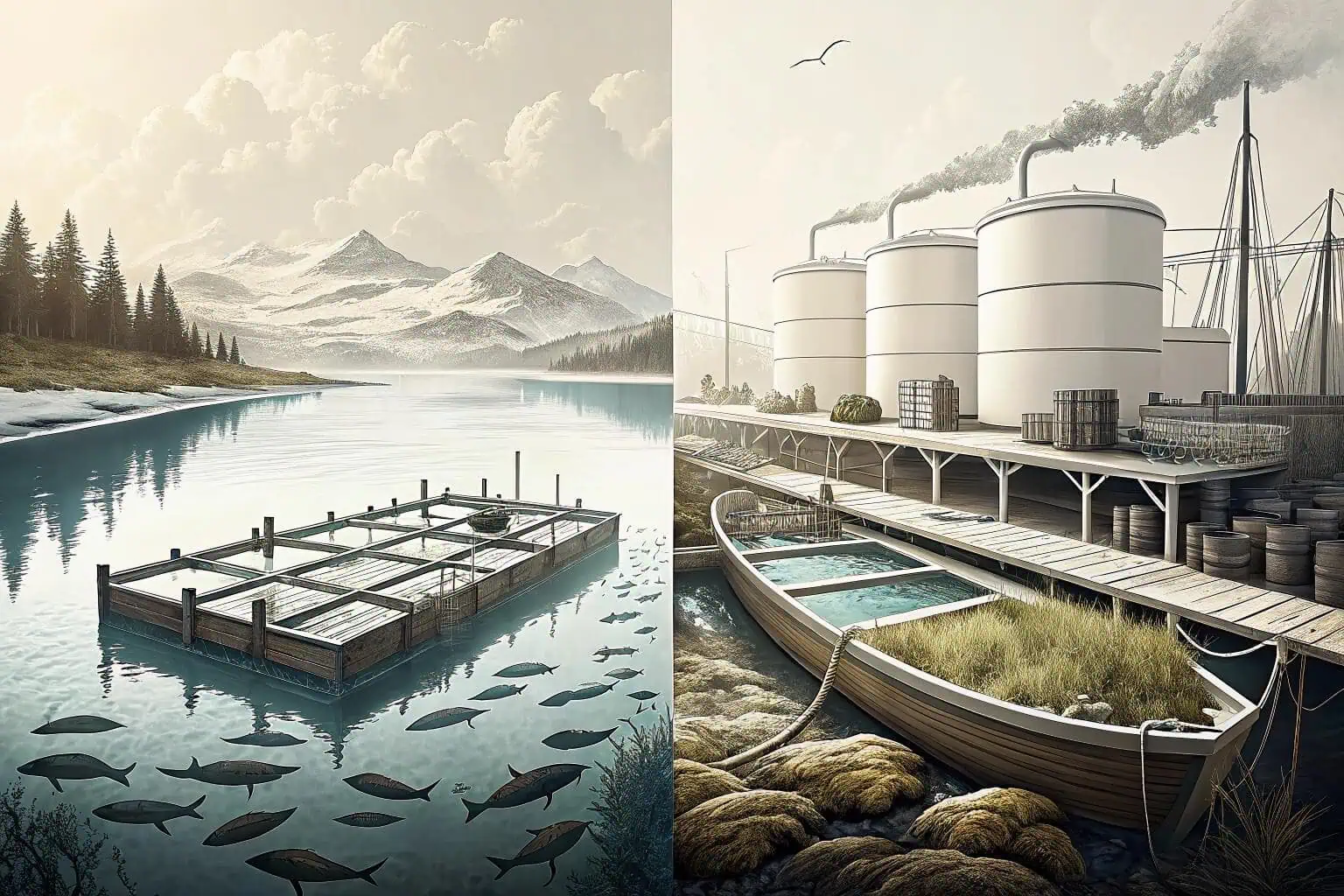
Determining the 'best' country for fish farming1 isn't straightforward, as it truly depends on the specific goals of an operation. From my experience in the industry, I've seen various factors come into play.
Technological Prowess
Technological advancement is a huge one. Countries like Norway and Chile are often highlighted for their sophisticated aquaculture technologies. This includes advanced Recirculating Aquaculture Systems (RAS)2 and even innovations in gene editing to improve species resilience and growth. These technologies are vital for boosting efficiency. Importantly, they also promote sustainability – a core concern for all of us in this field. I've seen how innovation can transform operations. At my company, Bancy, we contribute by providing robust infrastructure like our customizable collapsible fish tanks3. These tanks support diverse farming intensities, from small-scale local farms to larger commercial ventures, helping them adopt more efficient practices.
Supportive Governance
Then there's the role of government. Strong policy support, research funding, and streamlined regulations can make or break an aquaculture venture. China's dominant position in global aquaculture is a clear example of how proactive government strategy4 can cultivate a thriving industry. When governments invest in infrastructure and create a favorable business environment, the entire sector benefits. This support is essential for long-term growth and stability, which I believe is key for the future.
Natural Endowments
And, of course, natural resources5 and climate are fundamental. Nations like Vietnam and India are blessed with favorable climates and abundant water resources. This gives them a natural edge, particularly for certain species that thrive in warmer waters. This often translates to lower initial setup costs6 and potentially faster growth cycles for farmed species. It's a combination of these elements – technology, governance, and natural gifts – that truly makes a country shine in fish farming.
| Factor | Importance | Example Countries |
|---|---|---|
| Technology | Efficiency, Sustainability, Disease Control | Norway, Chile |
| Government Policy | Investment, Growth, Stability | China, Vietnam |
| Natural Resources | Species Diversity, Lower Setup Costs | India, Indonesia |
| Market Access | Profitability, Reduced Spoilage | Countries with good logistics |
Which country has the highest demand for fish?
Curious about where fish consumption is booming? Unsure about market potentials? Pinpoint the nations with the insatiable appetite for seafood and understand the cultural drivers.
Asian countries, particularly China, Japan, and Southeast Asian nations, exhibit the highest per capita and overall demand for fish. This is deeply rooted in their culinary traditions and dietary habits.
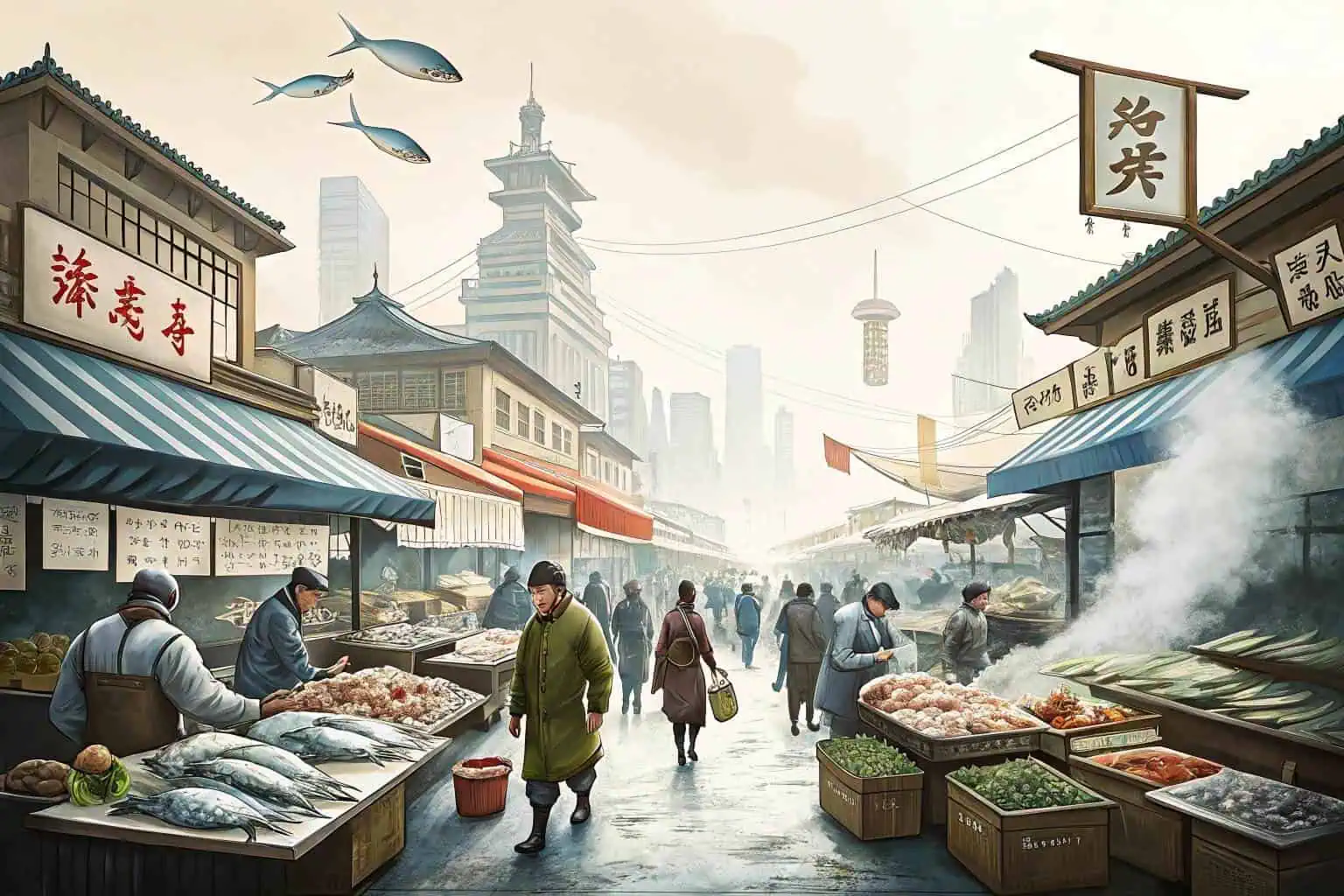
When we talk about high demand for fish, Asia immediately comes to mind. It's a fascinating interplay of culture, economics, and evolving consumer preferences that I've observed over years in this business.
Deep-Rooted Culinary Traditions
I've spent a good deal of time in various Asian countries, and the cultural significance of fish is profound. It's not just a menu item; it's woven into the fabric of daily life, family gatherings, and important celebrations. This deep-rooted tradition creates a consistently high baseline demand that underpins the entire regional market. This cultural appreciation for seafood7 is a powerful driver.
Economic Growth and Changing Lifestyles
Alongside tradition, economic development8 plays a key role. As incomes rise across many parts of Asia, more people can afford and are choosing fish as a preferred protein source. Urbanization also shifts dietary habits. City dwellers often seek convenient, healthy, and diverse food options, and seafood fits that bill perfectly. This economic empowerment translates directly into higher fish consumption.
Global Health Consciousness
Beyond Asia, there's a growing global wave of health consciousness. The awareness of fish as a lean protein packed with omega-3 fatty acids9 is significantly boosting consumption in Europe and North America. This trend, coupled with Asia's massive appetite, paints a picture of ever-increasing global demand. It's a key reason I'm passionate about Bancy's role in supporting sustainable aquaculture10. We aim to help meet this growing need responsibly.
| Region/Country | Demand Driver | Consumption Level |
|---|---|---|
| East Asia | Cultural, Economic Growth | Very High |
| Southeast Asia | Cultural, Coastal Proximity | Very High |
| Europe | Health Trends, Traditional Dishes | Moderate to High |
| North America | Health Trends, Diverse Cuisine | Moderate |
Which country farms the most fish?
Want to know the biggest players in aquaculture production? Overwhelmed by production statistics? Identify the undisputed leader in farmed fish output and the scale of their operations.
China is by far the world's largest producer of farmed fish, accounting for over half of the global aquaculture output. Their massive scale is due to vast resources and strong governmental backing.
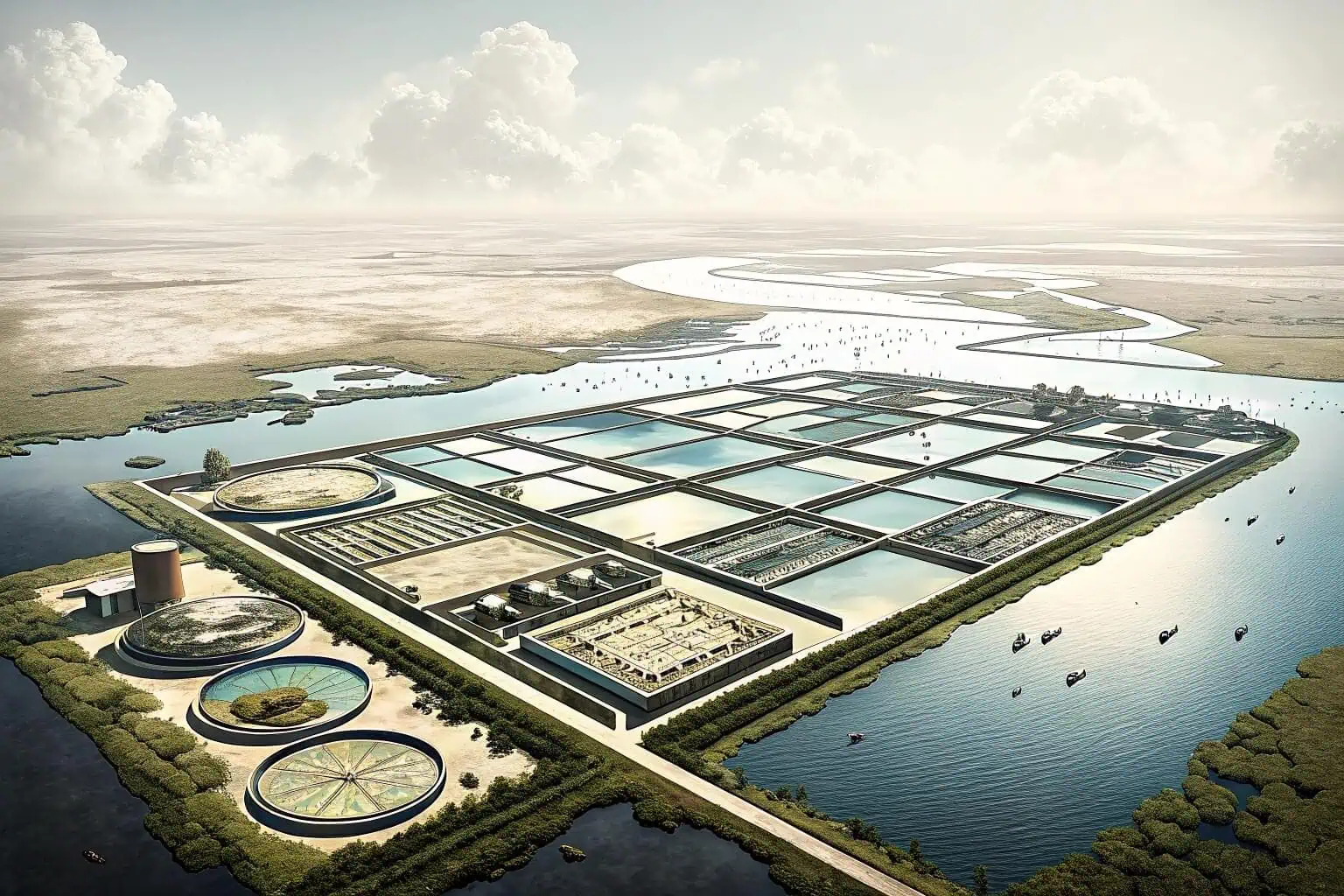
There's one country that stands head and shoulders above the rest when it comes to the sheer volume of farmed fish: China. Their contribution is truly monumental, accounting for more than half of all aquaculture production worldwide. As someone whose business provides solutions for this industry, the scale is awe-inspiring.
Unmatched Scale of Operations
The scale of China's aquaculture11 is almost difficult to grasp. We're talking about millions upon millions of tons of diverse aquatic species cultivated annually. This isn't just about traditional pond farming; it encompasses a wide array of systems, from simple ponds to highly intensive industrial setups12. This reflects massive investment and a long-term strategic vision for food production.
Integrated and Efficient Supply Chains
What enables this incredible output is, in part, highly integrated supply chains. From feed manufacturing and hatchery technology to processing plants and sophisticated distribution networks, the system is geared for efficiency. This level of coordination, from farm to table, is something many other nations are still striving for. It minimizes waste and ensures product quality13.
Meeting Domestic and Global Needs
This vast production serves China's enormous domestic market14. It also makes China a powerhouse in global fish exports15. This dual focus has driven the industry's relentless growth. As a provider of essential equipment like our Bancy collapsible and frame-supported fish tanks, I see the ripple effects of this massive production capacity. It underscores the critical role China plays in the world's protein supply and the global seafood trade16.
| Country | Estimated % of Global Production | Key Farmed Species | Primary Drivers |
|---|---|---|---|
| China | >60% | Carp, Tilapia, Shrimp | Government Support, Domestic Demand, Export |
| India | ~7-8% | Carp, Catfish, Shrimp | Large Water Bodies, Labor, Growing Demand |
| Vietnam | ~5-6% | Pangasius, Shrimp, Tilapia | Export Focus, Favorable Climate |
| Indonesia | ~5-6% | Tilapia, Shrimp, Seaweed | Extensive Coastline, Government Initiatives |
Which country is richest in fish?
Seeking nations with abundant aquatic life? Confused by "richness" metrics? Discover which countries boast the greatest natural fish resources, both wild and farmed.
"Richest in fish" can mean natural marine biodiversity or total fishery output. Countries like Indonesia and Peru have vast marine resources, while China leads in overall (wild catch + aquaculture) fish production.
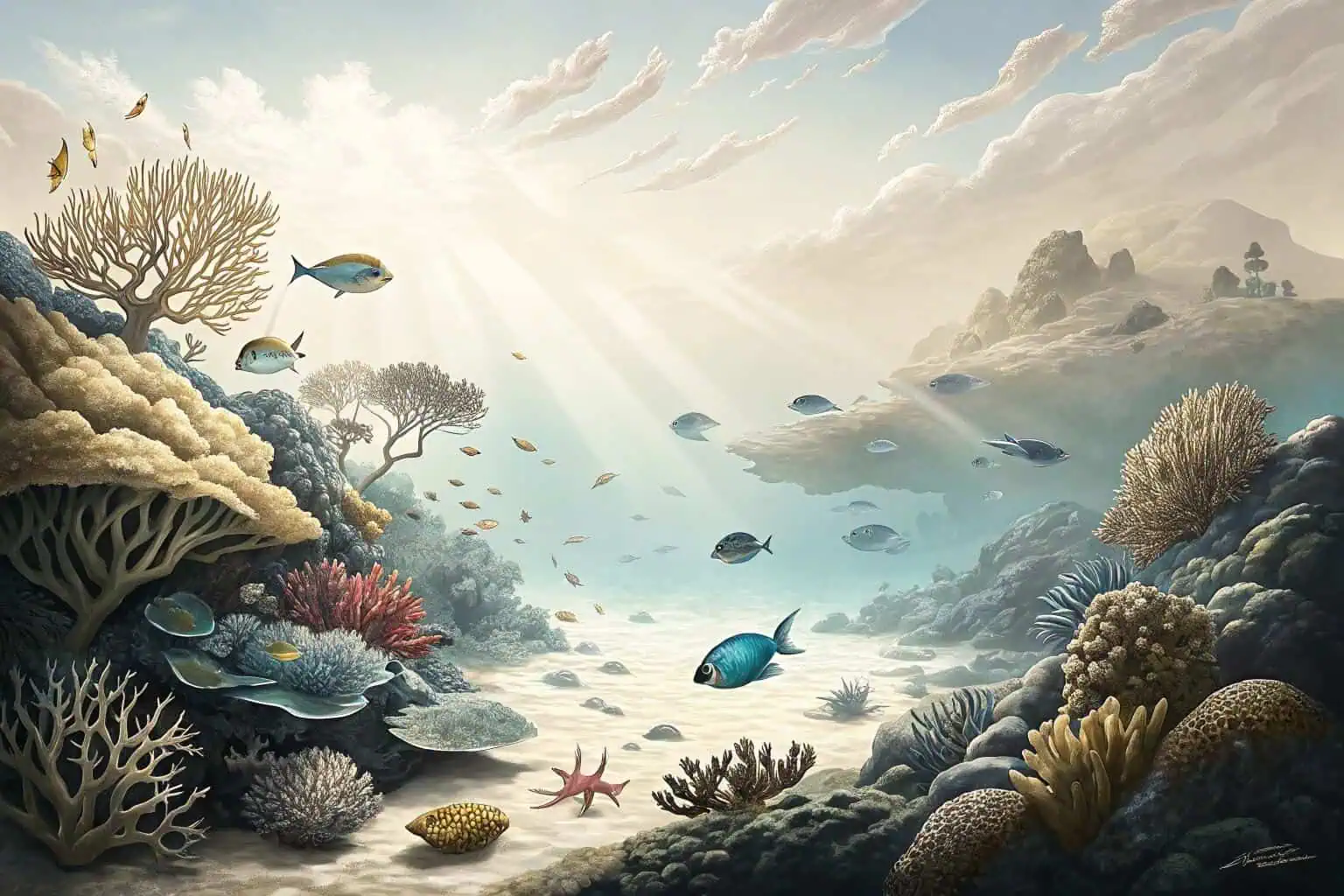
The term 'richest in fish17' can be interpreted in a few ways. It could mean incredible natural biodiversity. Or it could refer to the sheer volume of fish available through both wild catch and farming. Both aspects are important for global fish supply.
Havens of Marine Biodiversity
From a biodiversity perspective, countries like Indonesia, situated in the heart of the Coral Triangle, are phenomenally rich. The variety of marine life in these waters is a global treasure. These ecosystems support countless species, provide livelihoods for coastal communities, and have immense ecological value. Protecting these natural riches through sustainable practices18 is paramount for future generations.
Powerhouses of Wild Fisheries
Then there are countries with historically abundant wild fisheries due to productive marine ecosystems. Peru, with its massive anchoveta fishery, and nations like Norway, known for cod and herring, come to mind. These wild fisheries19 have long been vital sources of food and income. However, the sustainability of wild capture is a constant concern worldwide, emphasizing the critical need for responsible management and fishing quotas to prevent overexploitation.
Aquaculture: Multiplying the Riches
In today's world, aquaculture20 significantly contributes to a nation's 'fish richness.' China, for example, complements its substantial wild catch with even larger volumes from farming. This is where I see the direct impact of our work at Bancy. By providing reliable and customizable farming solutions, like our specialized fish tanks21 (from PVC collapsible tanks to galvanized steel frame tanks), we help countries enhance their fish resources sustainably. It's about responsibly growing what we need, easing the pressure on wild stocks, and ensuring fish remains an accessible and affordable protein source for a growing global population. This industry faces challenges like disease and environmental impact, but with innovation and care, we can overcome them.
| Aspect of "Richness" | Key Factors | Example Countries |
|---|---|---|
| Marine Biodiversity | Tropical Waters, Coral Reefs | Indonesia, Philippines |
| Wild Capture Volume | Productive EEZs, Upwelling Zones | Peru, China, USA, Norway |
| Aquaculture Output | Investment, Technology, Suitable Land/Water | China, India, Vietnam |
| Overall Fish Supply | Combination of Wild Catch & Aquaculture | China, Indonesia, India |
Conclusion
The global fish farming landscape is dynamic and full of opportunity. Understanding these trends helps us all contribute to a sustainable and food-secure future.
-
Explore this link to discover the top countries excelling in fish farming, including their unique advantages and practices. ↩
-
Explore this link to understand how RAS can enhance aquaculture efficiency and sustainability, crucial for modern fish farming. ↩
-
Learn how customizable collapsible fish tanks can optimize farming operations and support diverse aquaculture needs effectively. ↩
-
Understanding the role of government strategy can provide insights into successful aquaculture practices and policies. ↩
-
Exploring this link will provide insights into how natural resources enhance fish farming efficiency and sustainability. ↩
-
This resource will explain how various elements lead to cost savings in fish farming, crucial for new investors. ↩
-
Discovering the reasons behind the appreciation for seafood can enhance your culinary experiences and cultural understanding. ↩
-
Understanding the link between economic development and food choices can provide insights into dietary trends and health outcomes. ↩
-
Discover the numerous health benefits of omega-3 fatty acids, which are essential for heart health and overall well-being. ↩
-
Learn how sustainable aquaculture practices can protect marine ecosystems while meeting global food demands. ↩
-
Explore this link to understand the vast scale and impact of China's aquaculture industry on global food production. ↩
-
Learn about the advanced industrial setups in aquaculture that drive efficiency and sustainability in food production. ↩
-
Learning about waste reduction strategies can enhance your knowledge of maintaining high product quality in supply chains. ↩
-
Understanding this aspect will reveal how China's market influences global seafood supply and demand. ↩
-
Exploring this link will provide insights into the dynamics of global fish exports and China's role in it. ↩
-
This resource will help you grasp the essential elements that shape the global seafood trade landscape. ↩
-
Understanding this term can provide insights into global fish biodiversity and supply, crucial for sustainability. ↩
-
This resource will offer valuable strategies for preserving marine biodiversity for future generations. ↩
-
Exploring this link will provide insights into the ecological and economic importance of wild fisheries, highlighting their role in sustainability.--- ↩
-
Explore how aquaculture is revolutionizing fish farming and contributing to sustainability in the industry. ↩
-
Discover the advantages of specialized fish tanks for improving aquaculture efficiency and fish health. ↩